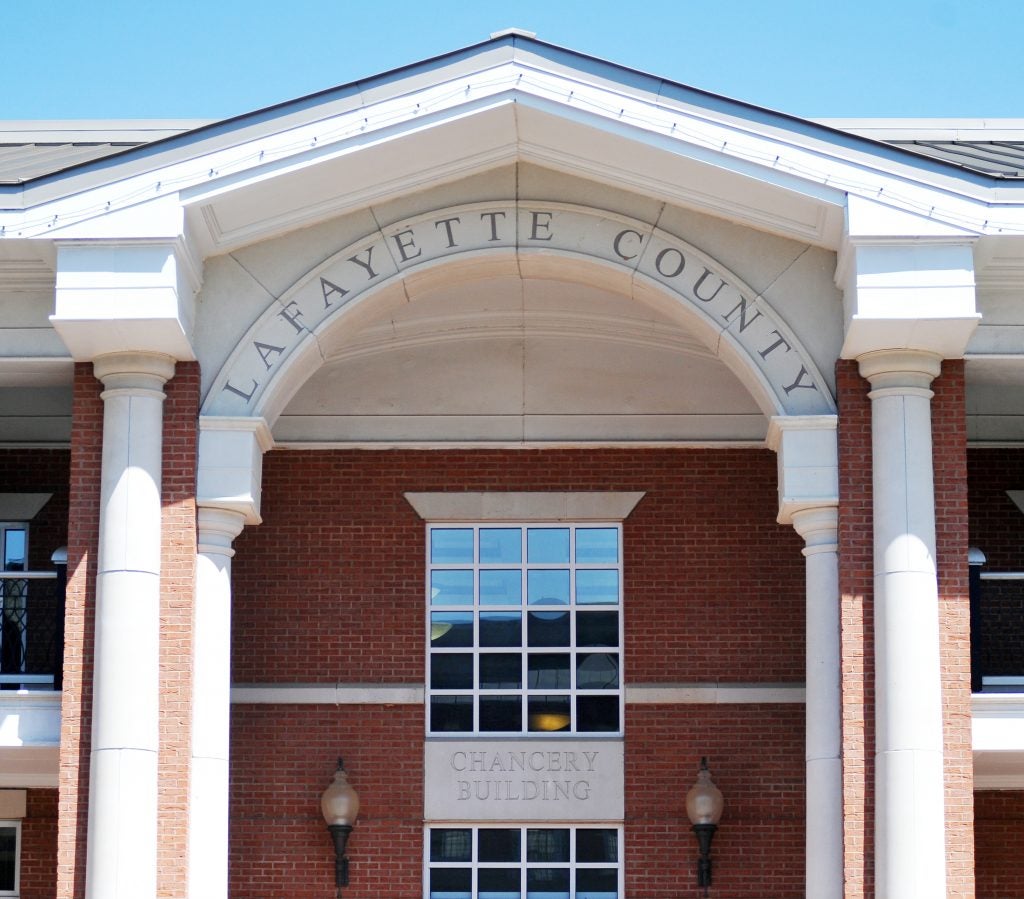2020 Census data shows growth in Lafayette County
Published 1:08 pm Tuesday, October 5, 2021
The Lafayette County Board of Supervisors know there has been growth over the last decade in Lafayette County and on Monday they were shown evidence of it.
During the Board’s regular meeting, Dr. Anne Cafer and Dr. Jamiko Deleveaux of the University of Mississippi’s Center for Population Studies presented data results from the 2020 Census. The presentation showed that while Mississippi’s population as a whole dropped over 6,000 (2,961,279 million), Lafayette County grew 17.9 percent (55,813 residents) from 2010 to 2020. Lafayette County saw an increase of 8,462 new residents over the last decade.
The growth rate of 1.6 made Lafayette County one of the fastest growing county’s in the state. The county’s deviation rate, which affects redistricting, was less than two percent.
Lafayette County saw growth in all racial groups except for Non-Hispanci American Indian and Alaska Natives, which declined by 19 residents. The county also saw an increase in population of two or more races in a household from 436 in 2010 to 1,698 in 2020.
The Census data affects Congressional redistricting, which was provided to the counties last month. Monday’s presentation was the first time the Board of Supervisors saw the data broken down.
“The results kind of caught off guard,” said supervisor Mike Roberts. “We just figured the growth was there, but the less than two percent deviation kind of surprised us. But to see the positive news is county’s still growing and growing in the right direction.”
The City of Oxford saw the largest increase with 6,500 new residents over the last 10 years. Toccopola saw an increase of 40 new residents and Taylor saw an increase of 33 residents. The town of Abbeville saw a decrease of 47 residents. The average yearly growth for cities and towns in Lafayette County was 1.08.
One thing last year’s census focused on was a push for college students to be counted in the county where they attend school, as they live there nine months out of a year, according to Cafer.
Student population at the University of Mississippi has decreased over the past five years and Lafayette County, like other college counties in the country, are experiencing differences in their 2020 Census count and their population total expectation.
While college students are being counted in Lafayette County as far as the Census data is concerned, they are not counted as eligible Lafayette County voters.
“One of the reasons that we encourage students is because they’re here nine months out of the year taxing a lot of our infrastructure,” Cafer said. “I ask my students to register to vote here. I was like, ‘You live here nine months out of the year. You might as well vote here. ‘ In terms of the Census, having them count themselves (in Lafayette County) is important because of infrastructure dollars, in particular.”
Lafayette County Circuit Clerk Jeff Busby was in attendance and mentioned that college students apply for voter registration and on occasion will use a friend’s physical address in the county, which is then discovered when jury summons are issued. Due to that, Busby noted the voter rolls are affected.
If a student registers to vote in another county after they graduate, they are pulled from Lafayette County’s voter rolls and moved to their new county of residence but if they move out of state, they remain on Lafayette County’s voter rolls.
“On an overall percentage I’m still sure it’s low, of the number of students that are registered here,” Busby said. “But when they do register here and then they move back to Texas or move back to Louisiana, they don’t un-register here. So, our poll books are showing 33-34-36,000 voters when it actuality we probably have (less than that).”
At the end of the presentation, Lafayette County attorney David O’Donnell asked Cafer and Deleveaux if they could provide further data to help explain the county’s deviation rate.






